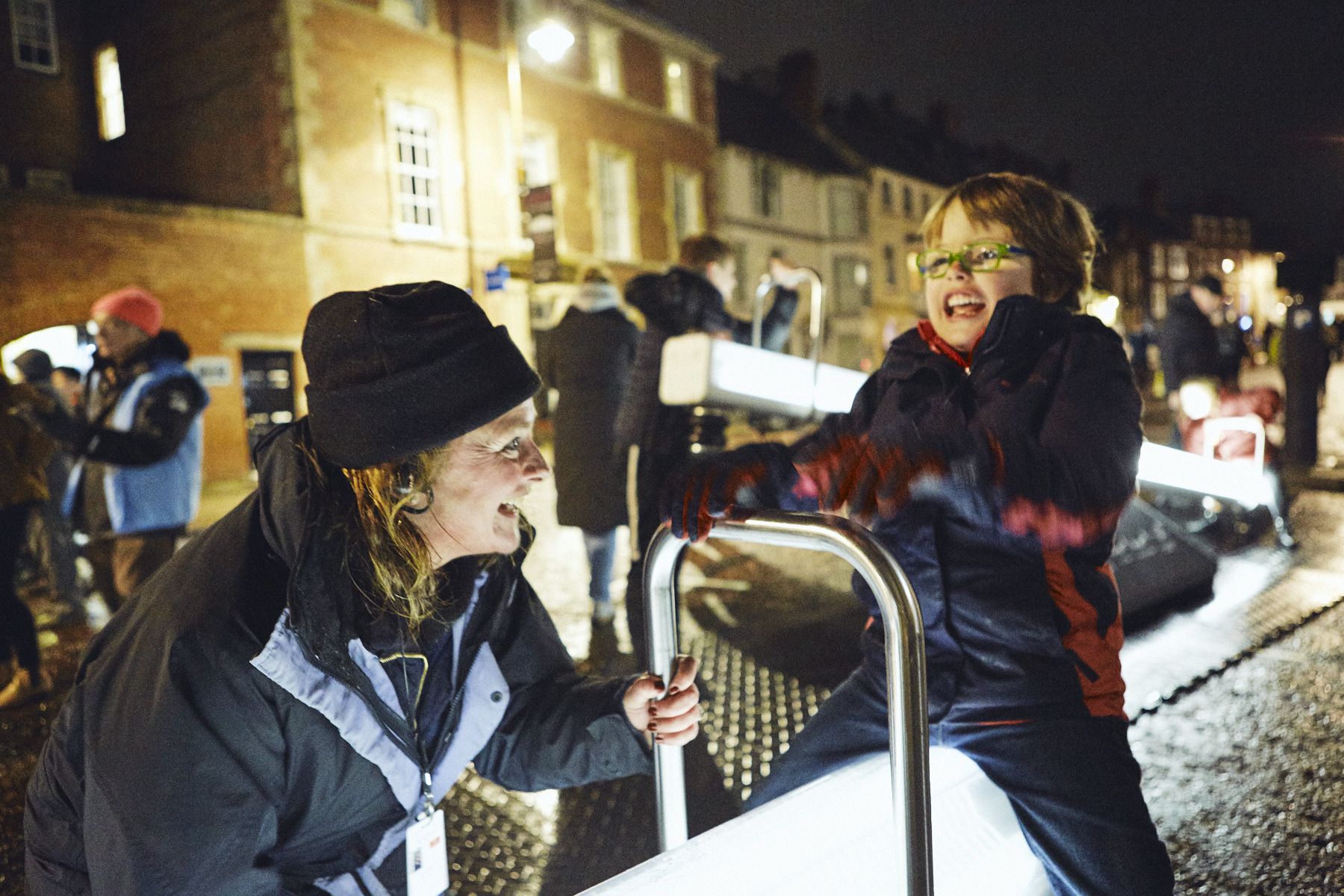


As Senior Producer for Artichoke, I work between the artists and the technical team to draw together all aspects of the festival and ensure everything runs smoothly.
Before Artichoke, I started my career in theatre. Having worked for a venue, I became interested in events that took place outside traditional spaces, and which didn’t involve people coming over a threshold or through a box office to experience the work that you’ve created.
The Sultan’s Elephant (produced by Artichoke in 2006) was a really transformational moment for arts events taking place in the public realm. It showed me that theatre and stories could be told on the streets and right in the heart of cities. So, I applied for a job with Artichoke and haven’t looked back!
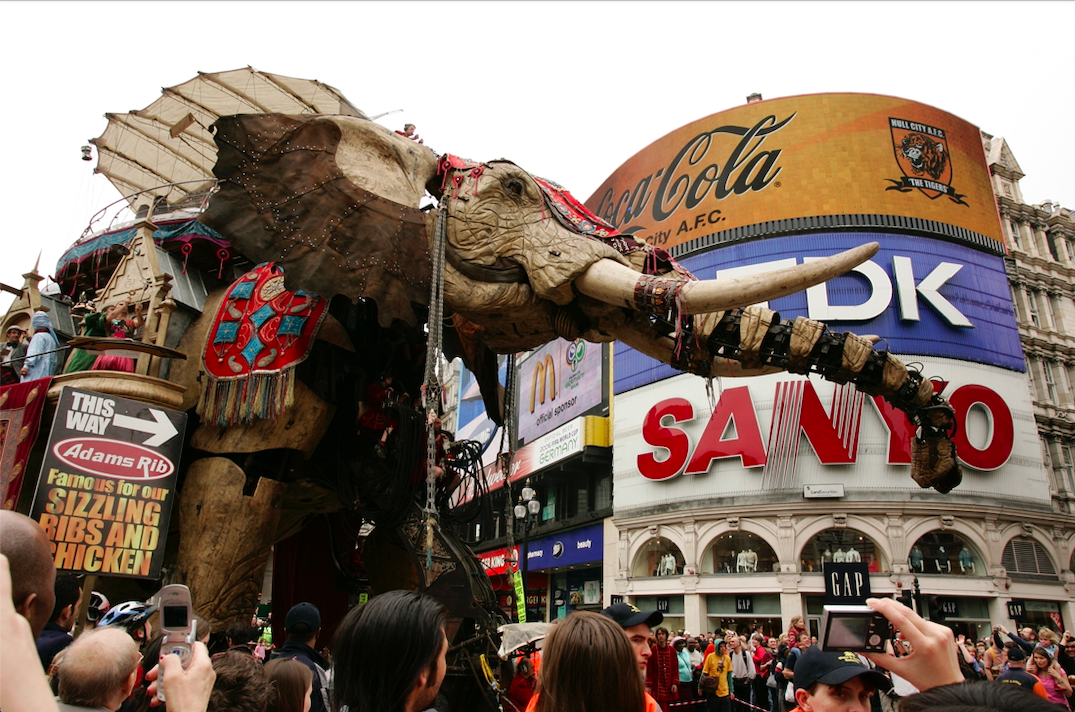
We typically work to fit up the festival for around two weeks before it opens. I’ll spend those two weeks up in Durham working with our technical teams and with the artists as they gradually arrive. Artichoke swells from being quite a small team to having hundreds of people on site.
By the time we get to the festival, it’s really hard to predict how the day will go. During the festival, a lot of my day is dependent on what the weather is and what’s happened the day before. I tend to be in a reactive place of trying to problem solve any issues that arise as we install the artworks.
I think one of the most memorable moments for me was walking along the riverbank, and seeing Fujiko Nakaya and Simon Corder’s Fogscape #03238 and how it transformed the riverbank below the cathedral. The fog sculpture and the lighting of the architecture were so beautiful. It was just a very special piece of work.
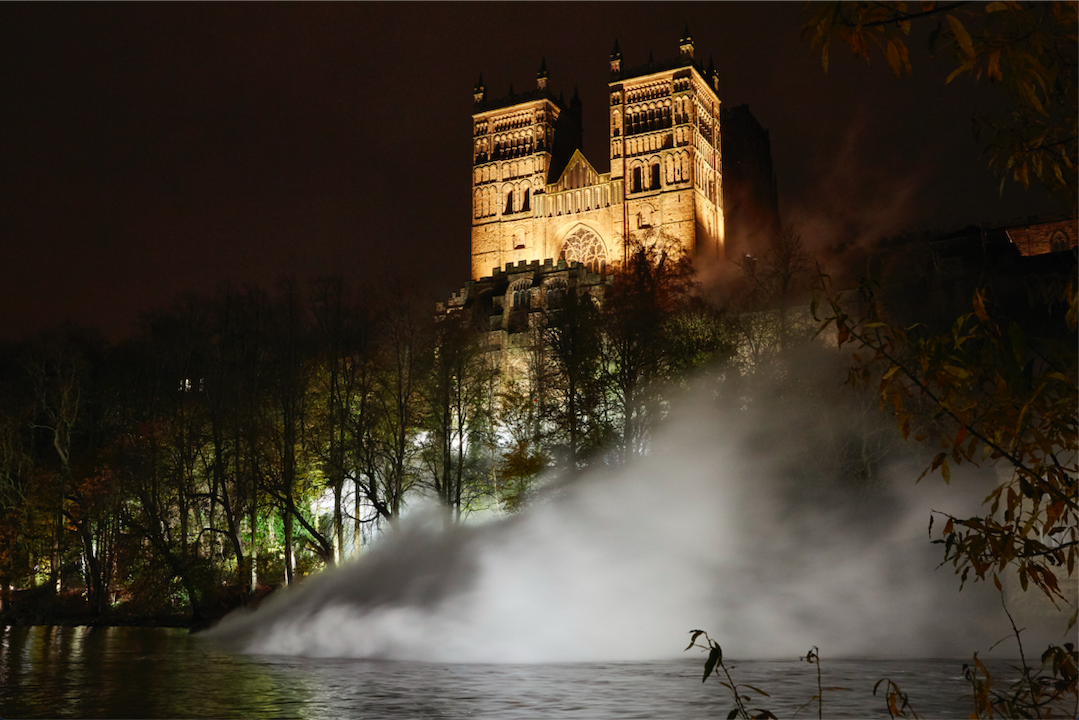
There are two things.
Firstly, the amount of care that goes into each individual artwork. We start working in detail on the festival a year or so before it opens to the public. A lot of that work is trying to find the right location and the right platform for an artist’s work to make sure that it really speaks to Durham’s audiences.
Secondly, the amount of people that go into making the festival operate seamlessly, from our partners in organisations across Durham to our stewards and our security team, to crowd and traffic management. It’s a huge amount of people, who aren’t directly linked to the art itself, but who are absolutely invaluable to making sure everything is right for the artworks and the audience.
Once we’ve got an idea of the artists we want to work with, we start working with Durham County Council to make sure that we’ve got permissions for the artworks to take place. We also have to think about how the audience is going to experience the artworks when they visit and the best way to create an enjoyable festival.
Any of the work that we do involving the river has its challenges. It’s amazing to have artworks along and over the river, but it’s a really complicated environment to work in.
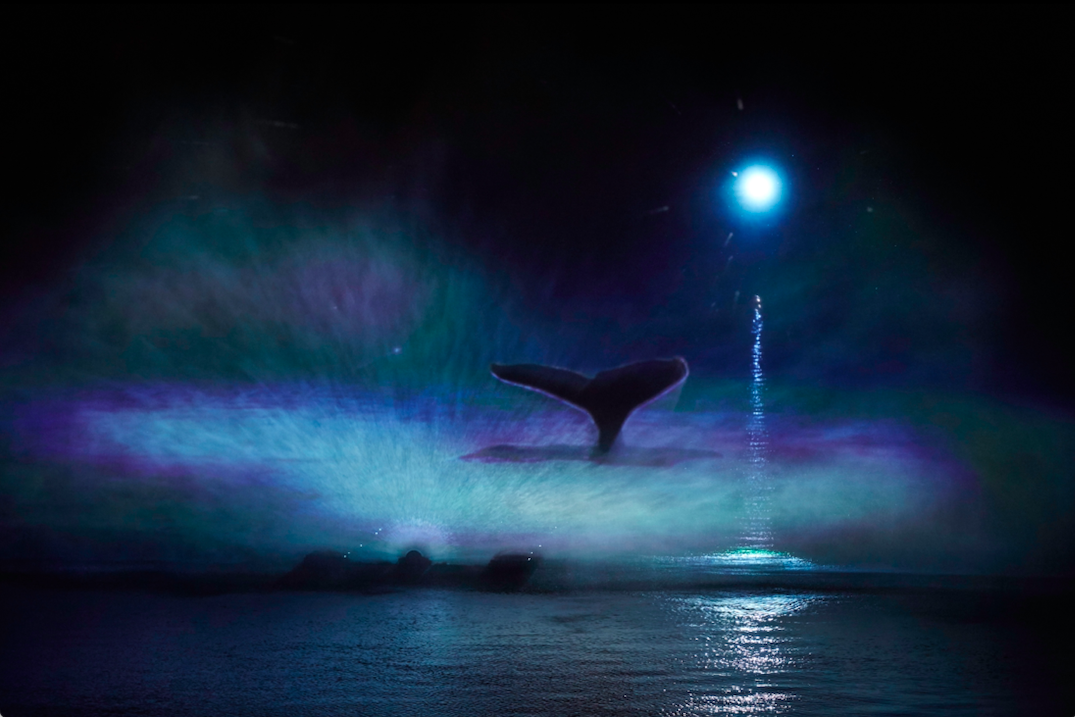
Mysticète by Top’là Design and Catherine Garret, where a whale appears to be swimming up the River Wear, is one of Lumiere’s most popular installations. We created that piece working in the river when Durham’s November weather was really being thrown at us. It’s difficult dealing with the changing water levels of the river, which can very quickly be affected by how much it rains.
Another challenge was creating Janet Echelman’s 1.26 Durham, which is another artwork that spans the river. It was a giant net made from lightweight fibres with an interactive projection in which viewers control the projected coloured lighting onto the netted form. It was an amazing piece in terms of engineering and we needed to work really hard with our rigging experts to make sure it was really secure from one side of the river to the other.
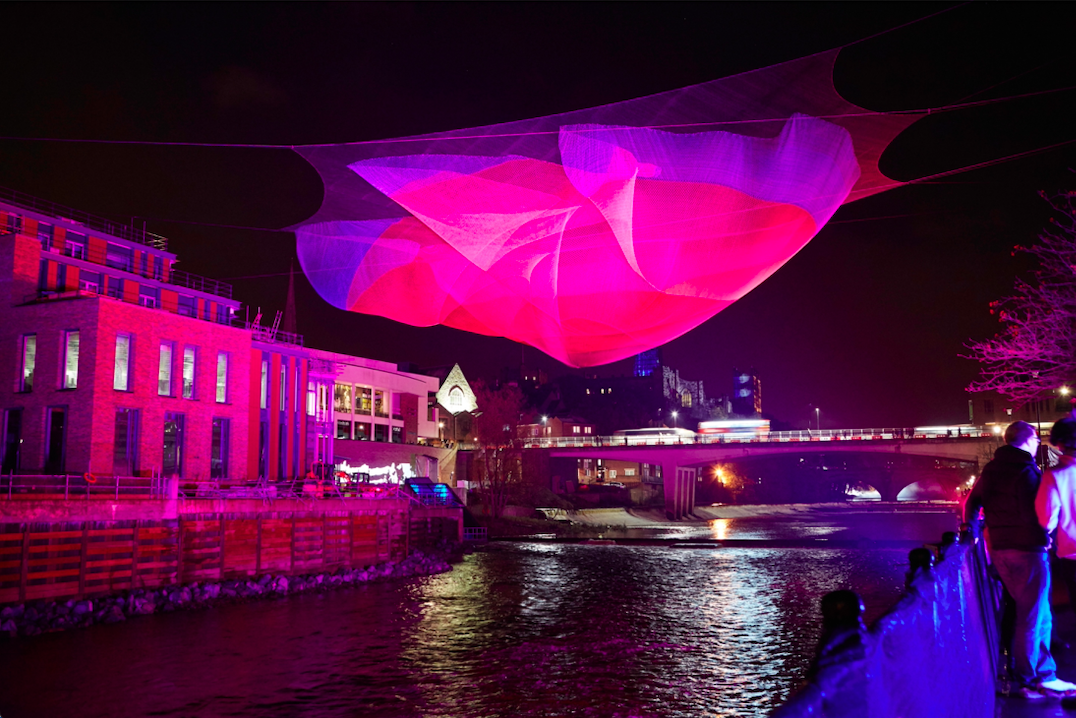
When you’re working to make things magically appear, you have to really think through how to make that happen seamlessly.
Another piece that had its challenges was I Love Durham by Jacques Rival, which transformed the equestrian statue of the 3rd Marquess of Londonderry into a giant glittering snow globe. Installing an artwork over a historic sculpture is a complex process, because we have to ensure that the sculpture isn’t damaged in any way.
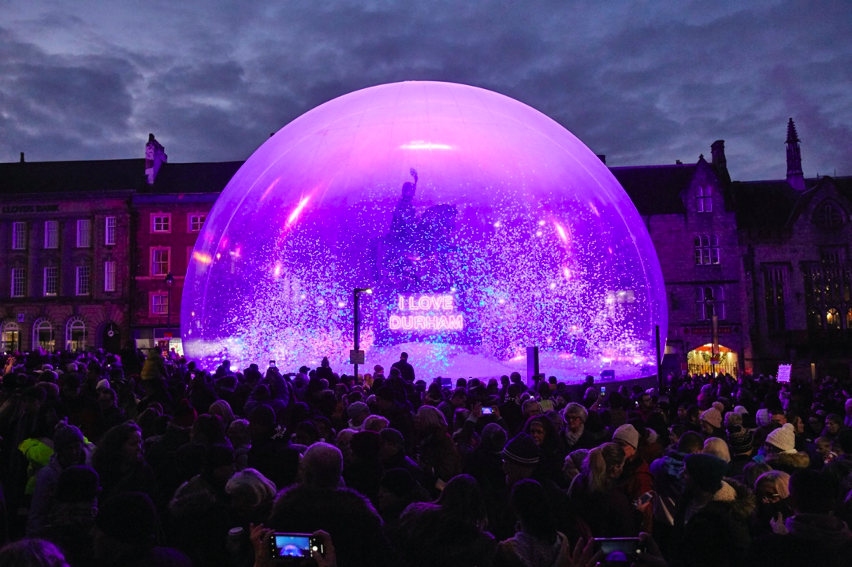
Creating work in public spaces is generally quite challenging because you’re on show all the time. Whenever you’re working, whether it’s two o’clock in the morning or nine o’clock at night, there are people going about their normal business. You’re there in the middle of the marketplace or whichever space it is and it’s a really high-pressure way to be installing big art pieces, because unlike in theatre you can’t shut the doors of the venue and try things out in secret.
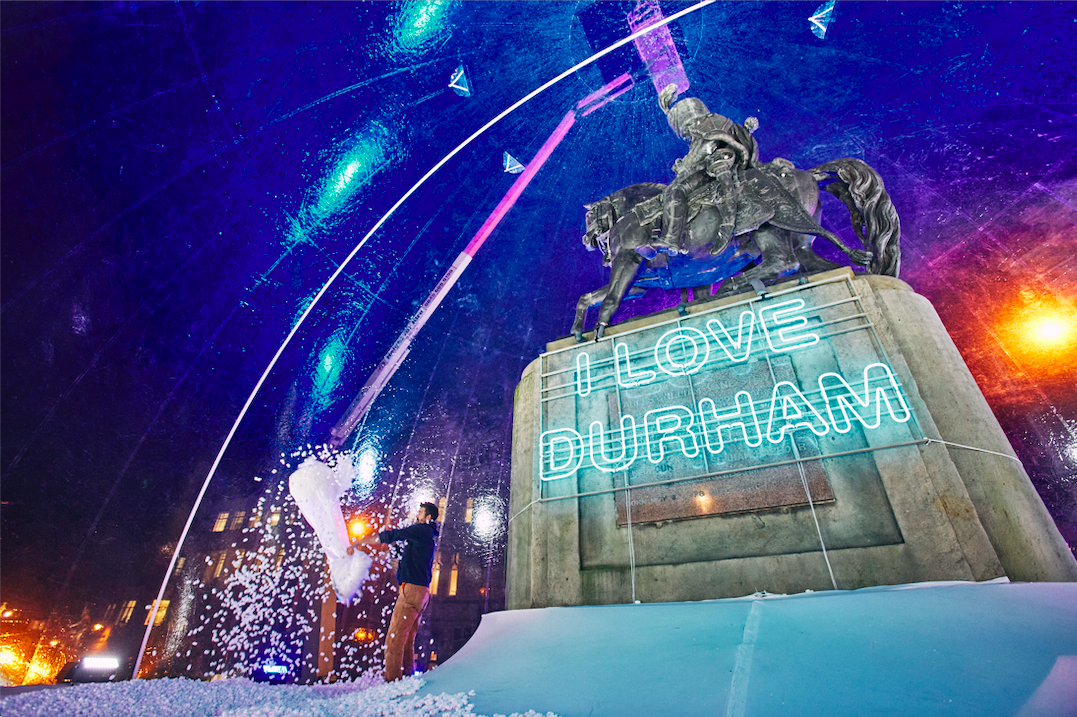
We’re really lucky we work with such skilled technical teams. The artists come from all over the world and are always really impressed by how experienced the teams are and the quality of the support that they receive.
I think for me it’s the opportunity to be out on the streets again and to be able to see artworks live. We’ve all been looking at screens so much since the pandemic began, so to have a festival to look forward to that takes place in the streets and public spaces of Durham and to be able to share new artworks with audiences who maybe haven’t been able to see anything live for quite a long time is really exciting.
I think it’s the range of people that you come into contact with. We work with extraordinary artists who have really fantastical ideas and your job is to make those ideas a reality.
At times, artists have a brilliant idea but they don’t necessarily know how to make it work. In that instance it’s about bringing together the technical teams and people with local knowledge who can bring their skill and expertise to the table to try to find a way to make something possible, to build it, install it and share it with the public. It’s about getting everybody to work together to make an artwork a success.
In 2009, it was a new idea and nobody knew what Lumiere was. Nobody really knew what to expect in terms of audiences, neither Artichoke, nor the people in Durham who we were working with on the festival. We had thought maybe 30,000 people would come. In the end we had an audience of 75,000.
I think as soon as we’d opened the first festival, then audiences were really intrigued to find out more. People really enjoyed the experience of seeing their city transformed in that way.
The audiences have grown a lot and so has the opportunity to present artwork in different ways. In 2009, we were having conversations with organisations and individuals who didn’t know what to expect, but since then the partnerships that are behind the festival have just got stronger and stronger.
The more that both audiences and our stakeholders know and understand the festival, the more they want to be able to get out of it. That’s really great because it means that we can push boundaries in different ways and take audiences on different journeys each time.
The other factor is that the technology has changed so much over the 10 years that we’ve been working on Lumiere. The technical advances in terms of light have made a real difference to the kind of works that we’re able to create.
I think Lumiere has become a really important part of County Durham. It’s something to look forward to, something to be involved in and to inspire people. It’s become an event that everybody recognises, but it’s also become something that everyone can relate to.
I think the impact has been huge and continues to grow. People are growing up with the festival. Audiences who were very young in the first Lumiere are now off at university or entering the world of work for the first time and some will even start to bring their own kids to the festival.
I think the opportunity to see the world transformed through the mind of an artist is really exhilarating and makes us think differently about the places that we live in.
It creates a different sense of connection and it’s invaluable for that to be in a space which is totally public, that you don’t have to buy a ticket for and is in a familiar place, not behind walls which might be off-putting.
I think that really enhances the event because it brings lots of people from different perspectives together to experience something from the same artwork.